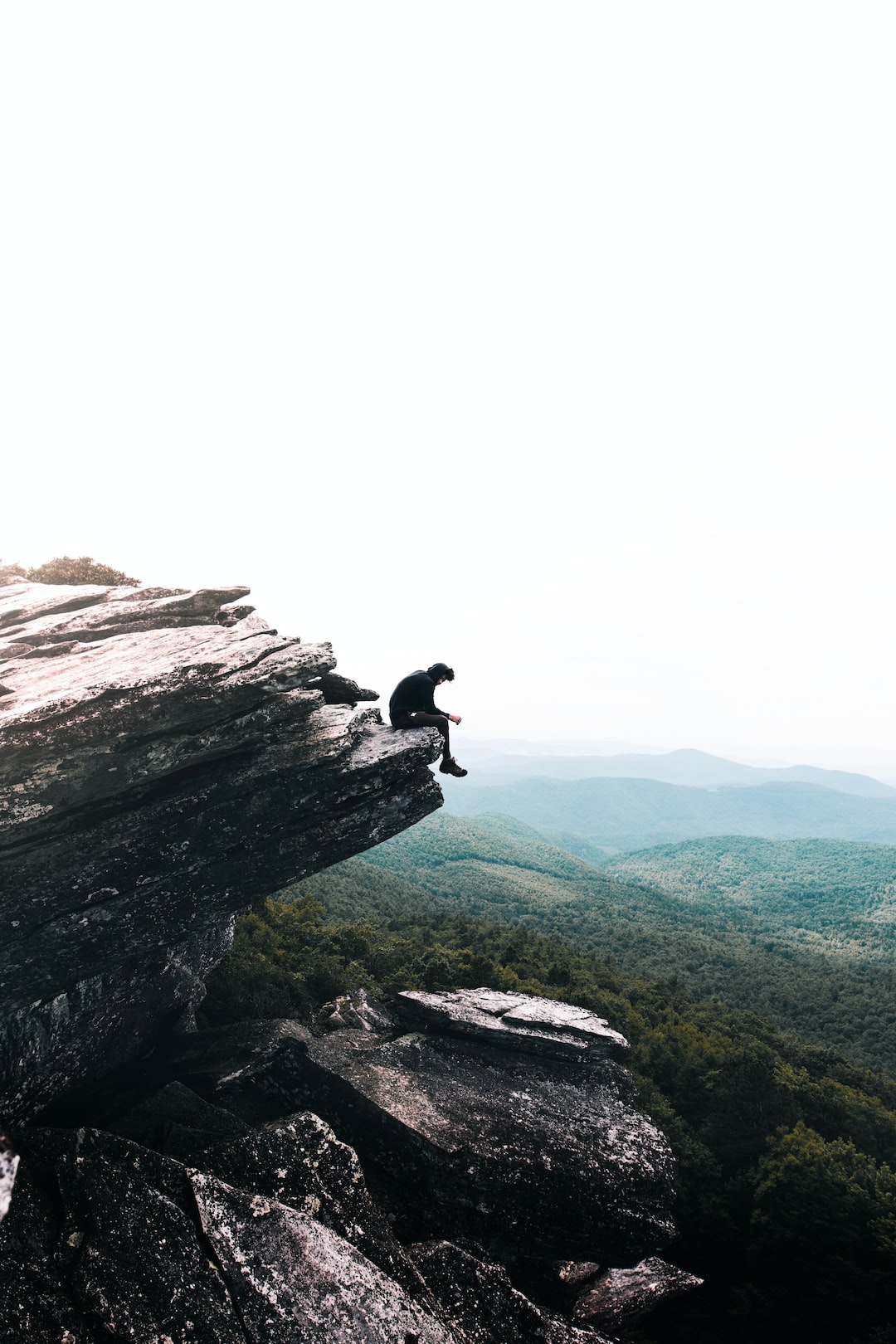Outdoor Safety: Tips for Solo Adventurers
Embarking on an outdoor adventure alone can be an incredibly satisfying and liberating experience. Whether it’s hiking through the mountains, camping in the woods, or exploring remote areas, solo adventurers have the opportunity to connect with nature on a deeper level without any distractions. However, venturing out alone also comes with its own set of challenges and risks. In this blog post, we will discuss some essential tips to ensure the safety of solo adventurers when exploring the great outdoors.
1. Plan and Prepare:
Before setting out, it is essential to plan your adventure meticulously. This includes thoroughly researching the area you will be exploring, understanding the potential risks and challenges, and preparing accordingly. Check the weather conditions, terrain difficulty, and any local regulations or restrictions. Familiarize yourself with the route and ensure you have maps, compasses, and GPS devices to keep you on track. Inform someone trustworthy about your trip details, including expected return dates, and regularly update them on your progress.
2. Pack Wisely:
Your equipment and supplies play a vital role in ensuring your safety during outdoor activities. Carry a well-stocked first aid kit, including essential items such as bandages, antiseptic creams, painkillers, and any medications you require. Adequate clothing and footwear appropriate for the climate and terrain are crucial. Additionally, pack enough food and water to last your trip, with an extra supply in case of emergencies. It’s also important to carry essential survival tools like a flashlight, whistle, multi-tool, and a firestarter.
3. Develop Navigation Skills:
Navigating through unfamiliar territory can be challenging, especially when alone. Therefore, honing your navigation skills is critical. Practice using a map and compass to find your way. Learn to read topographic maps and understand contour lines, which will provide valuable information about the terrain, elevation, and potential hazards. Take a course on GPS usage and ensure you carry a fully charged device as a backup. Additionally, always have a plan B in case your primary navigation method fails.
4. Be Aware of Wildlife:
Encounters with wildlife can be both exciting and dangerous. Research the area’s wildlife before your trip, understand the types of animals you may encounter, and learn how to act appropriately in their presence. Keep a safe distance, and never approach or feed any wild animals. If you are camping, store your food securely to avoid attracting bears or other wild creatures. Carrying bear spray or other appropriate deterrents is recommended in certain areas.
5. Trust Your Instincts:
One of the greatest tools for staying safe outdoors is your instinct. If something feels off, pay attention to it. Trust your gut feelings, and if necessary, adjust your plans accordingly. If a trail seems too dangerous or a storm is gathering, it is perfectly fine to turn back or find a safe place to wait it out. Remember, it’s always better to be safe than sorry.
6. Stay Hydrated and Nourished:
Maintaining proper hydration and nutrition is crucial when participating in outdoor activities, especially when alone. Stay well-hydrated by drinking plenty of water throughout the day. Avoid consuming untreated water from natural sources unless you have the means to purify it. Pack lightweight, high-energy food that provides the necessary nutrients to keep you going. Snack regularly to keep your energy levels up. In extreme conditions, monitor yourself for signs of dehydration or hypothermia, and act accordingly.
7. Be Prepared for Emergencies:
Even with meticulous planning, unforeseen emergencies can occur. Carry a whistle or another signaling device to attract attention if needed. In case you get lost, stay calm and use your navigation skills to re-orient yourself. If you’re unable to find your way back, stay put, find shelter, and conserve your energy while you wait for help. Having a charged mobile phone or a satellite communication device can be a lifesaver during emergencies, but do not rely solely on these devices, as reception might be unreliable in remote areas.
Solo adventuring can be an enriching and rewarding experience. By following these safety tips, you can minimize risks while enjoying the serenity and beauty of the outdoors. Remember, being well-prepared, making informed decisions, and trusting your instincts are key to ensuring a safe and successful solo adventure. So, go out, explore, and create unforgettable memories while prioritizing your safety every step of the way.

